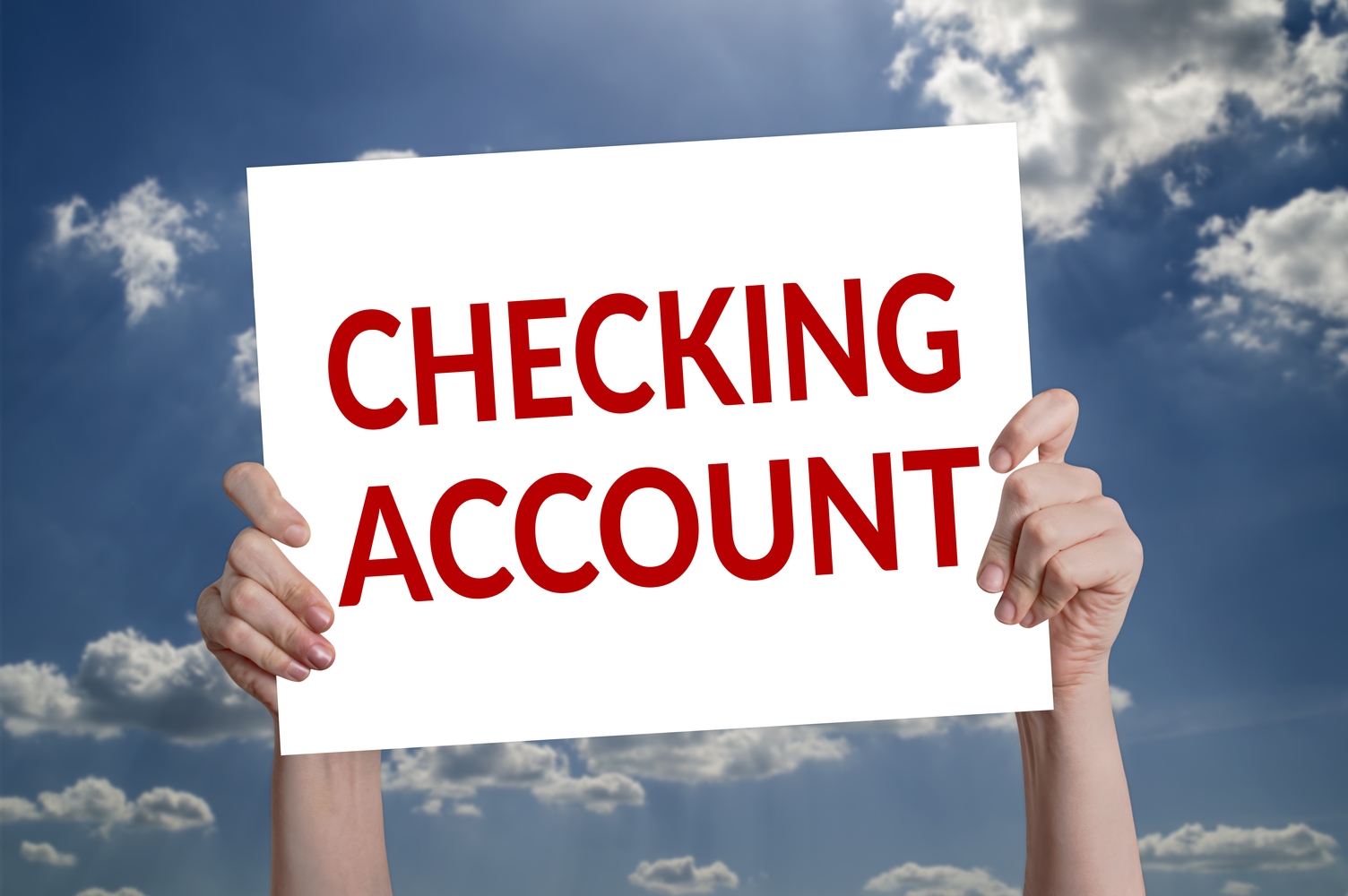Comprehensive Guide to Opening and Effective Management of Checking Accounts
This comprehensive guide explores how to select and effectively manage checking accounts, emphasizing features, fees, and digital tools to optimize daily financial management. Learn essential tips to choose the right account and maintain it for financial security and convenience.

Comprehensive Guide to Opening and Effective Management of Checking Accounts
In today’s financial landscape, having a reliable checking account is essential for managing your daily finances efficiently. Also known as transactional accounts, checking accounts provide quick and easy access to your funds, making bill payments, purchases, and other financial transactions straightforward. Opening a checking account is typically a simple process, and many banks offer incentives such as bonuses and rewards to attract new customers. Understanding how to choose the right account and effectively manage it can significantly enhance your financial flexibility and security.
Understanding the Significance of Checking Accounts
Checking accounts serve as foundational financial tools that facilitate everyday monetary transactions. Unlike savings accounts which are designed for accumulating wealth over time, checking accounts focus on providing liquidity and ease of access. They allow users to write checks, make electronic transfers, or utilize debit cards to access funds instantly. This makes them indispensable for handling routine expenses like rent, utilities, groceries, and other daily needs.
While savings accounts and checking accounts are sometimes mistaken for each other, they serve distinct purposes. Savings accounts are geared towards longer-term savings and often provide interest earnings, whereas checking accounts prioritize transaction convenience without necessarily offering high-interest returns.
Choosing the right checking account requires careful consideration of various factors. Key features to evaluate include minimum balance requirements, transaction limits, monthly fees, and additional services such as online banking or mobile app access. Some accounts impose restrictions on the number of free check transactions or debit card purchases, which can influence your spending habits. Many banks now offer fee-free checking options, but it’s crucial to review all associated charges to avoid unexpected costs.
Opening a checking account is generally a seamless process. Most banks provide straightforward online or in-branch application forms. You'll need to supply personal information such as your Social Security Number (SSN), proof of identification like a driver's license or passport, and proof of address. Many banks conduct a background check or credit review before approving an account application. Once approved, you'll receive your checks, debit card, and access to online banking platforms.
Managing your checking account effectively involves keeping track of your transaction history, reconciling your account regularly, and being mindful of fees and limits. Some banks offer alerts for low balances or suspicious activity, enhancing security and preventing overdraft charges. While many checking accounts offer the possibility of earning interest, typically these interest rates are low compared to savings accounts. Therefore, they are primarily used for transactional purposes rather than wealth accumulation.
In addition, some banks provide additional features such as cash-back rewards for debit card usage, mobile deposit capabilities, and integrated budgeting tools, which can enhance your banking experience. Choosing a bank that aligns with your lifestyle, offering convenient branch and ATM locations along with robust digital banking options, can make managing your checking account more efficient.
In conclusion, understanding the fundamentals of opening and managing a checking account empowers consumers to make informed decisions that optimize their financial health. Whether you are opening your first account or switching banks for better features, prioritize transparency, low fees, and user-friendly digital tools to ensure smooth financial transactions that meet your daily needs.





